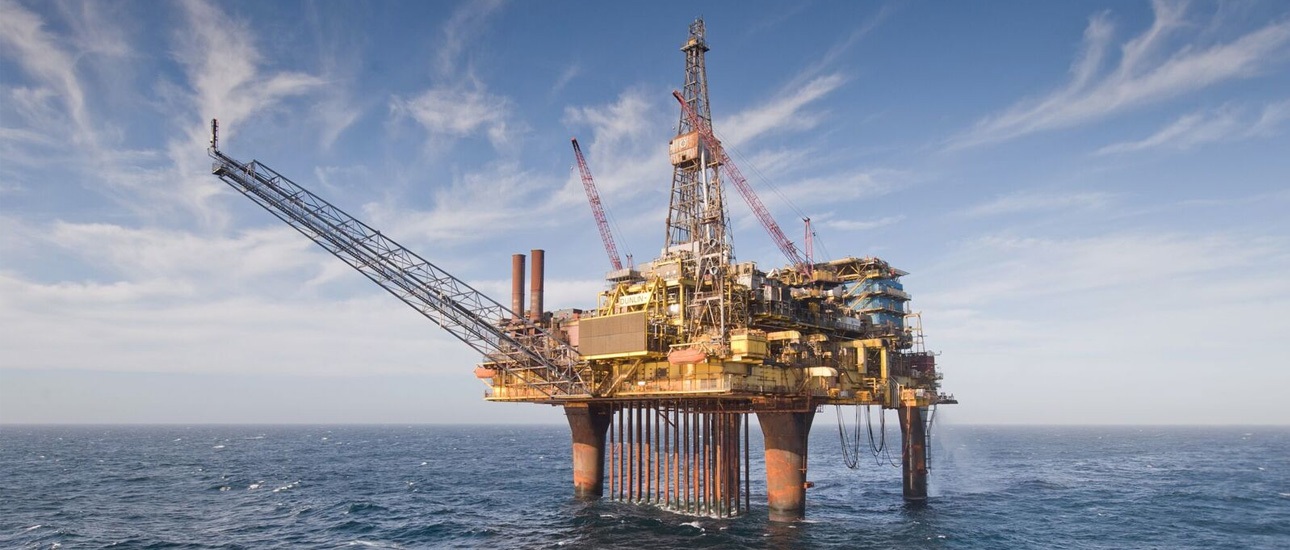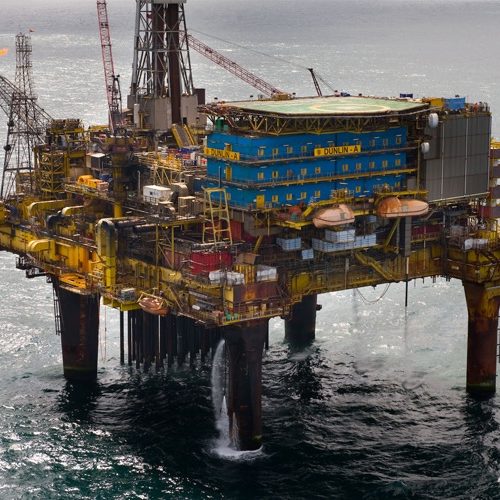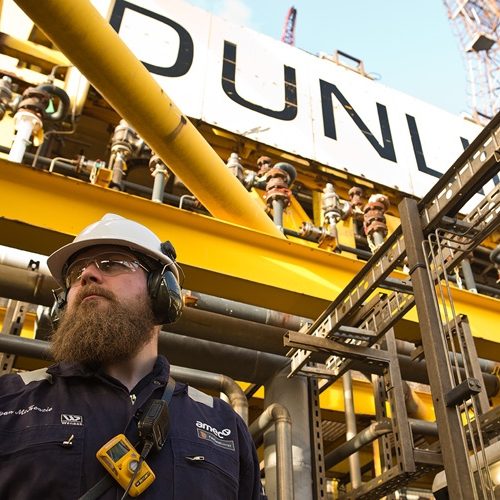During its lifetime, the field has supported thousands of jobs and contributed billions of pounds in tax revenues, whilst supporting UK energy creation. Moreover, in excess of 522 million barrels of oil have been produced from the Greater Dunlin Area. When the Dunlin Alpha platform was installed in 1977 and production started the following year, it had an expected design life of 25 years in common with other platforms of its vintage.
When Fairfield became operator in 2008, a number of improvements and investment under the banner of the Dunlin Beyond 2025 (DB25) established the framework for improving facilities to bolster production and extend the life of the asset. Fairfield assumed the previously outsourced duty holder remit in 2014 to become a fully-fledged production licence and asset operator. This followed investments in fuel gas infrastructure and power generation to boost water injection rates and increase production.
However, a combination of challenges in 2015 including the requirement to invest over $100 million in replacing subsea infrastructure, the urgent need for revised agreements for fuel gas for the DFGI pipeline, growing conductor integrity issues, and finally the sub $40 oil price led to the determination that it was not economically viable to continue production.
Termination of Production from the Greater Dunlin Area was announced in June 2015, following achievement of Maximising Economic Recovery (MER) from the oilfields. Cessation of Production (COP) was agreed with the OGA on 9 July 2015, with COP confirmed to have occurred on 15 June 2015.
Following the decision to cease production, we have moved swiftly to create a new mandate as a decommissioning operator.


